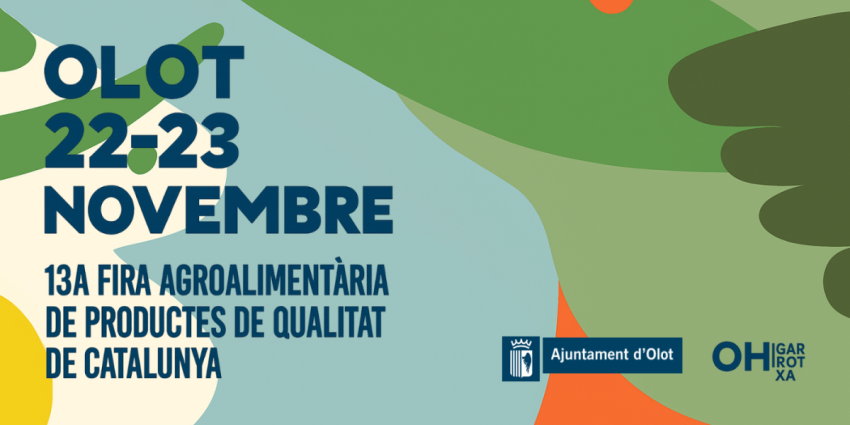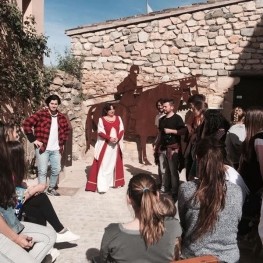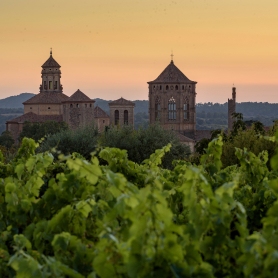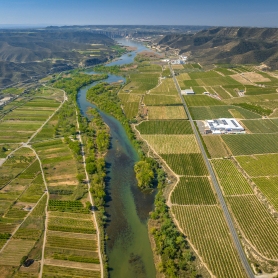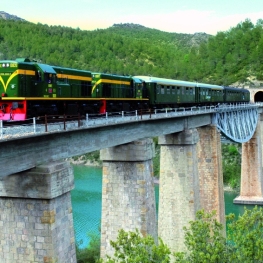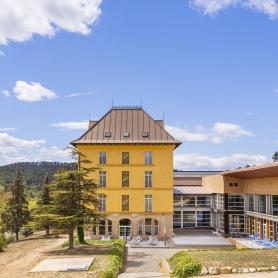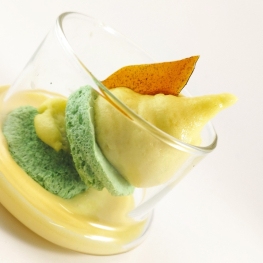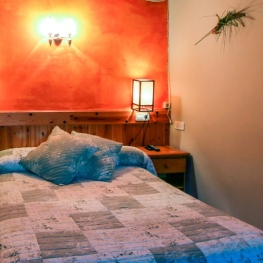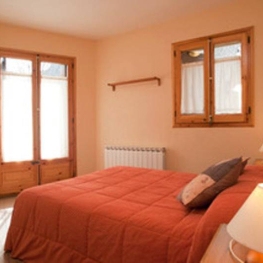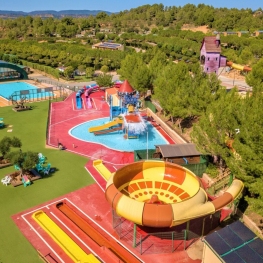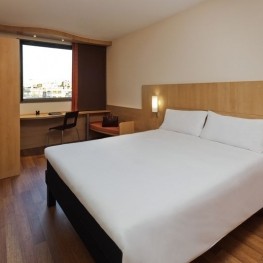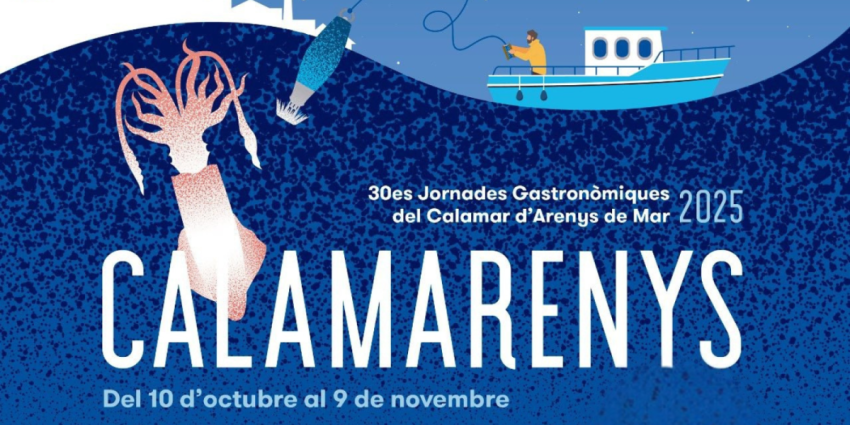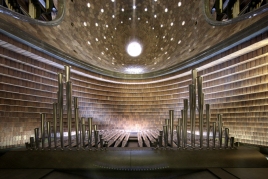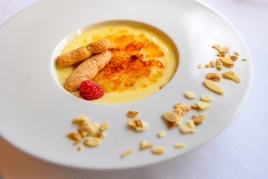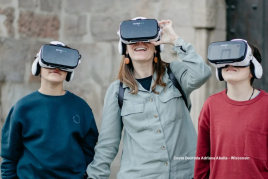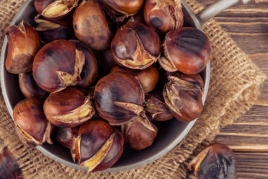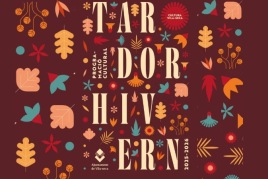From south to north, museums' stories
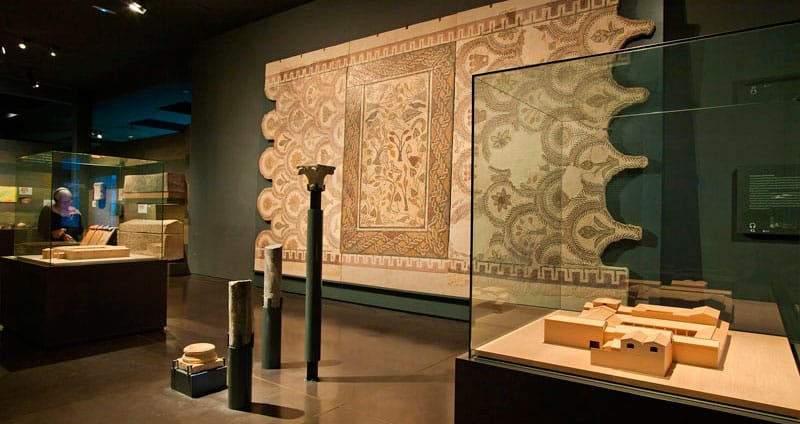
Delving into a museum, it is a fact that has always led to those ideas preset boredom, silence, but over the years, the passage of time and modernity, museums have adapted to new stages and today, enter a museum is much more to go through silent corridors, today, museums approach us to tell the stories heard, anecdotes and facts that will live with a very different eyes.
And this is the proposal that we offer this route. A route that will take us through some of these current museums, of which let us see the past from a hole. Where they explain those secrets, as it should, we listen carefully to not lose detail.
If you decide to visit the Museums route, check the activities that each museum prepares.
Museum of Rural Life
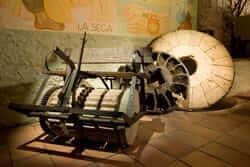 To start this route we are heading towards a population that have already visited sometimes, Espluga of Francolí, where we find caves, modernist cellars and proximity of the Cistercian Route.
To start this route we are heading towards a population that have already visited sometimes, Espluga of Francolí, where we find caves, modernist cellars and proximity of the Cistercian Route.
Today, however, we focus on the history of our recent past. Today we will see what life was like in rural areas and, therefore, visited the Museum of Rural Life (MVR).
This museum shows a collection of tools and utensils that have served our ancestors?? to work the land, initiate various trades and claim their important tasks in the towns and villages of our country.
The museum invites us to know the tasks that, over 70 years ago, were the daily life of a farmer, a father, a baker, a teacher, a coffee, a spinner, etc.
MVR values
The Museum of Rural Life takes into account the resources of the Catalan lands that have allowed to work an ancestral form, the evolution and "whet" of life and perseverance of the people who lived in the past. It therefore has clearly highlighted three values that are constant in the visit.
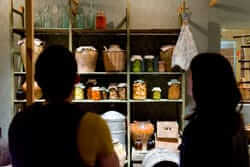 On the one hand, we have the material. This explains tangible than a virtual museum, but where you can see and feel things as they are, tools, instruments, everything is part of the material world.
On the one hand, we have the material. This explains tangible than a virtual museum, but where you can see and feel things as they are, tools, instruments, everything is part of the material world.
On the other hand, we find the time. This valuable piece that can not be bought or sold, you can only enjoy or miss. This time it is wise because it teaches us that he himself is an element of wisdom, experience and knowledge and is not a superfluous element, but rather quite essential.
And finally, there is the value of effort. This value as ours, so present in our daily lives. This effort is the foundation of any development, any progress and that in rural areas has been of vital imporancia to become what it is today. A symbol of modernity and progress.
Caves of Espluga de Francoli
Since we are in L'Espluga de Francoli, it makes us obliged visit to the caves found in the population.
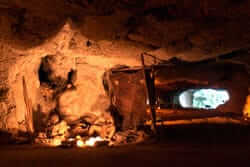 These caves are a clear sign of man's presence in this space. Its formation is natural and looks like was the daily life of people from the Paleolithic through virtual recreations and reconstructions of everyday scenes of a Neolithic village.
These caves are a clear sign of man's presence in this space. Its formation is natural and looks like was the daily life of people from the Paleolithic through virtual recreations and reconstructions of everyday scenes of a Neolithic village.
His visit but not stay in a walk through history, but goes further to the bold in caving matter, since a tour of unusual galleries and the underground river that went out, called offers Francolí.
Still, the visit to the Caves of Espluga de Francoli is required for both the adventurous and those who are less so.
On the way to Lleida
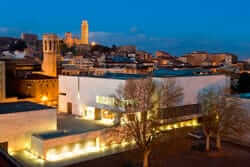 After visiting the Museum of Rural Life and the Caves of Espluga de Francoli it will be a pleasure to walk through the village and discover those surprise us. Either from the point of architectural, scenic, gastronomic or wine view.
After visiting the Museum of Rural Life and the Caves of Espluga de Francoli it will be a pleasure to walk through the village and discover those surprise us. Either from the point of architectural, scenic, gastronomic or wine view.
It will not be overrun by the palate, a wine tasting or sweet, nor will a breath of Conca de Barbera mixed with that taste of Costa Dorada.
And once breathed the air of the regions, we enter into the land ferma. Where the fog lies calmly, but where patient also breathes art and painting.
To do this, we went to the Museum of Lleida where you will find a collection of archaeological works, tapestries, furniture, paintings and other objects that will travel from ancient times to today. Are you urge one?
Museum of Lleida Diocese and local district
The Museum of Lleida joins the two sides to clarify their name. One that includes ecclesiastical items and that brings the vestiges of the region of Segrià.
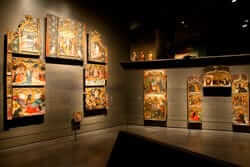 This union has made his background is more complete and disseminate the culture of the territory as a leading element.
This union has made his background is more complete and disseminate the culture of the territory as a leading element.
And the visit of this museum makes the area look a more complex than at first might expect distinct look. This museum takes us by the hand throughout history.
We begin the visit to the Paleolithic and Neolithic and ended in the Renaissance and Baroque periods, but does travel the curious ilerget state, Rome and the Al-Andalus, without neglecting the Bronze Age and Iron us, Late Antiquity and Romanesque and Gothic art.
In addition, the Museum of Lleida often surprises visitors with its temporary exhibitions.
The current headquarters of the Museum of Lleida has this modern character and sometimes hard to believe that it has integrated part of the former House of Mercy of the city and the old church of the convent of the Discalced Carmelites.
Only participation in the exhibition leave us a clear indication of this fact.
The church of San Lorenzo
The church of San Lorenzo is one of the emblematic elements of the city of Lleida. Your visit is a must for lovers of sculpture and other arts.
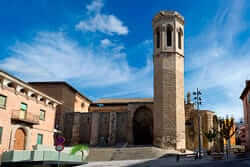 It was built in the thirteenth century and renovated during the following centuries (XIV and XV). In its interior the stonework of the altarpieces made by artists like Jaume Bartomeu Cascalls and Robió.
It was built in the thirteenth century and renovated during the following centuries (XIV and XV). In its interior the stonework of the altarpieces made by artists like Jaume Bartomeu Cascalls and Robió.
Also of note the works forming part of the Museum of Lleida, both sculptural and pictorial.
The church of San Lorenzo can be visited on a tour to learn, both the building and the works that hosts itself.
Walk around Lleida
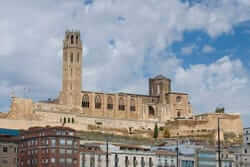 Once the visit is possible to get lost in the city or close to La Seu Vella of Lleida, but before you will make a short stop, the museum itself has a cafe where to enjoy the surroundings and digest everything one has found it easy.
Once the visit is possible to get lost in the city or close to La Seu Vella of Lleida, but before you will make a short stop, the museum itself has a cafe where to enjoy the surroundings and digest everything one has found it easy.
And, if those coincidences of life, the visit coincides with one of the celebrations of the city, it is even easier to miss the hours to enjoy the tasty snails or local wines or even the holidays and its people.
But when we see fit, we continue the route. The next stop is a little further, in the culd.
Ecomuseum of the Valls d'Àneu
To visit the Ecomuseum of the Àneu Valleys are not headed to one particular point, because this museum is open. It is a museum distributed by different parts of several villages of Àneu.
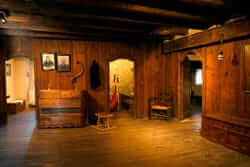 These heritage centers provide insight into the reality of the territory of Àneu, both cultural and natural, and give an overview of past and present in the area.
These heritage centers provide insight into the reality of the territory of Àneu, both cultural and natural, and give an overview of past and present in the area.
The spaces that make up the Ecomuseum are different, as we found from churches to castles, to elements of civil war or craft workshops.
To record what we find, we make a tour showing us briefly what we discover, as we passed, by several points.
Spaces Ecomuseum of the Valls d'Àneu
Gassia house: this house in the town of Espot is clear evidence of daily life in our land. This house was built in the eighteenth century, but in it we see eating habits, work and household chores a family pallaresa. And all this will make us think about how things have changed in a few years...
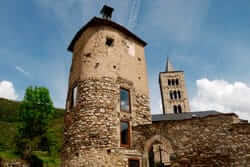 Sawmill Alós: shows the process of one of the most characteristic tasks of the Pyrenees and the exploitation of their forests. Through photographic and visual media it is easy to see the transformation from tree to table.
Sawmill Alós: shows the process of one of the most characteristic tasks of the Pyrenees and the exploitation of their forests. Through photographic and visual media it is easy to see the transformation from tree to table.
The Rosetta Gavàs cheese: a delight for the palate are the products that come out of this feature cheese in the area. Besides cheese, and curd moulder is also made. All these products are an example of what is done in these lands.
Monumental are: bell, cemetery, clock tower and the altarpiece of the interior part of this monumental outdoor opens to nearly 1,400 m.
Llort Castle. On a cliff 300 meters high are the remains of what was Llort Castle Today, we can only see part of what was a cylindrical tower defense.
Castillo de Valencia de Aneu. The archaeological remains of the castle dominating the Valley Àneu From this vantage point, it was obvious his control over the area and are showing the crumbs of history that have survived until today on this hill.
The bunkers of the Guingueta d'Àneu: natural borderland, this was used for the construction of the "P Line" which served as an element of defense in the event of an attack through the mountains. Although they were never used, yes were maintained until the 80s.
Churches Ecomuseum of the Valls d'Àneu
San Juan de Isil: Romanesque church away from the population center. It has remarkable sculptural elements that one can not miss, nor the marks left by the fire of the faults of the celebrations the night of San Juan are made.
San Julian de Unarre: church is a peculiar set showing. Baroque paintings of the nineteenth century, square bell cover base with witch hat... All these elements attract the attention of anyone who is coming.
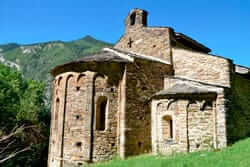 San Pedro de Sorpe: this church is notable for its transformation over the years. It has gone from being a building of 3 ships to have only one, and this is just one of many elements that have changed.
San Pedro de Sorpe: this church is notable for its transformation over the years. It has gone from being a building of 3 ships to have only one, and this is just one of many elements that have changed.
San Pedro del Burgal: part of the Carolingian monastery that had been installed at this point and then became female Benedictine abbey and, later, in male priory.
St. Mary of Àneu: the highlight of this church is the great example of moral paintings found inside. They are attributed to the Maestro Pedret and we can see a large repertoire that displays items that are not typical of traditional standards of the time.
You may also be interested in: Let's go to museums in Catalonia
What to do
Ruta Templera i Hospitalera
L'Espluga de FrancolíDiscover the Espluga de Francolí through a tour of the town's old…
Where to eat
Iberik Rocallaura Balneari
Vallbona de les Monges (a 12.7 Km)Iberik Rocallaura Balneari is located on the Cistercian Route, in the municipality…
El Dien Restaurant
Vallfogona de Balaguer (a 21.4 Km)We love cooking, and we love our customers to receive on the…
Roch Hotel - Restaurant
Sort (a 19.9 Km)A small, family-run rural hotel, very welcoming, where its owners (Xavi and…
Where to sleep
L'Hort del Metge
Vall de Cardós (a 9.9 Km)L'Hort del Metge is located in the village of Lladrós, in the…
Camping Montblanc Park Capfun
Tarragona (a 7.2 Km)In the interior of the Costa Daurada, the Montblanc Park campsite offers…
Hotels Ibis Lleida
Lleida (a 1.5 Km)Our Ibis hotel in Lleida is integrated into the commercial area of…
Iberik Rocallaura Balneari
Vallbona de les Monges (a 12.7 Km)Iberik Rocallaura Balneari is located on the Cistercian Route, in the municipality…

